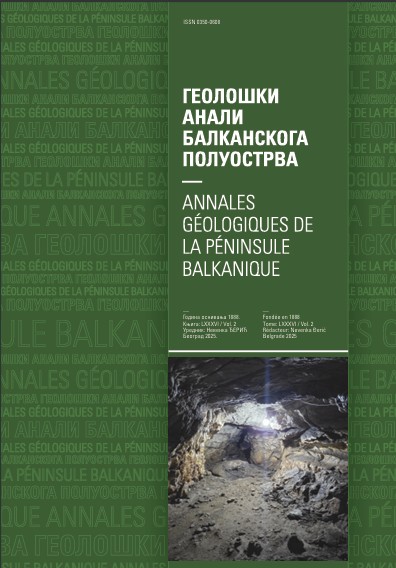Landslide susceptibility mapping of SE Serbia using GIS
Abstract
Landslides represent a great problem in Serbia. According to current estimates 30–35 % of Serbia is affected by landslides. In this paper a landslide susceptibility analysis is done for SE Serbia. Study area covers 1507 km2. Relief is hilly or mountainous and characterized by high altitude differences. Analysis is done by geographic information system (GIS) and evaluation by analytic hierarchy process (AHP). For susceptibility assessment are used four factors: lithology, slope angle, distance to rivers and distance to faults. The most landslides are formed on slope steepness less than 30°. There is four classes of susceptibility in study area. Zone of very high susceptibility make 63.9 % of the study area. Zone of high susceptibility covers 15.7 % of the study area. The moderate class occupies 37.4% and zone classified as having low susceptibility accounts for 10 % of study area. Final landslide susceptibility map of SE Serbia is satisfactory.
Copyright (c) 2019 Geološki anali Balkanskoga poluostrva

This work is licensed under a Creative Commons Attribution 4.0 International License.










